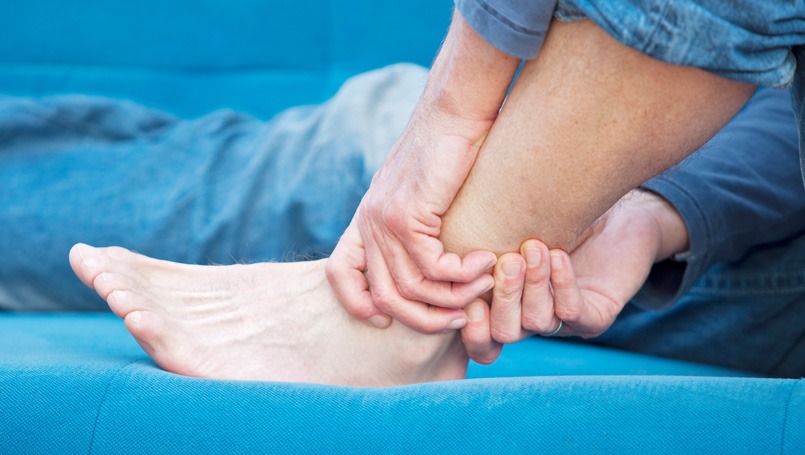
Golf Spy: Dealing with Sprains and Rolls
Golf is a sport that requires precision, skill, and concentration. However, like any physical activity, it also comes with the risk of injury. One common injury that golfers may experience is sprains and rolls.
Sprains occur when ligaments are stretched or torn due to sudden movements or impact. Rolls, on the other hand, happen when the ankle twists in an unnatural way. Both injuries can be painful and debilitating, making it difficult for golfers to continue playing.
So how can golfers deal with sprains and rolls to ensure they recover quickly and get back on the course? The first step is to rest and ice the affected area. This will help reduce swelling and alleviate pain. It’s important not to put weight on the injured limb as this can worsen the injury.
Once the initial pain has subsided, gentle stretching exercises can help improve flexibility and range of motion in the injured joint. Physical therapy may also be beneficial in some cases to strengthen muscles around the joint and prevent future injuries.
Wearing supportive footwear is essential for preventing sprains and rolls on the golf course. Shoes with good arch support and cushioning can help absorb shock during swings and reduce strain on joints.
Another important factor in preventing injuries is proper warm-up before playing golf. Stretching exercises targeting key muscle groups used in golf swings can help prepare your body for physical activity.
If you do experience a golf spy sprain roll, it’s crucial to seek medical attention immediately. A healthcare professional can assess the severity of your injury and recommend appropriate treatment options.
In some cases, wearing a brace or splint may be necessary to stabilize the injured joint while it heals. Physical therapy sessions may also be recommended to restore strength and function in the affected area.
As you recover from a sprain or roll, it’s essential to listen to your body’s signals. Pushing yourself too hard too soon can delay healing or even cause further damage. Gradually ease back into playing golf once you feel ready but stop if you experience any pain or discomfort.
Ultimately, prevention is key when it comes to dealing with sprains and rolls as a golfer. Taking steps such as wearing proper footwear, warming up before playing, staying hydrated during games, maintaining good posture during swings are all crucial aspects of injury prevention.
By following these tips and being mindful of your body’s limitations while playing golf, you can minimize your risk of experiencing sprains and rolls that could keep you off the course for an extended period of time.
